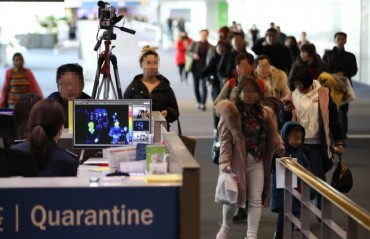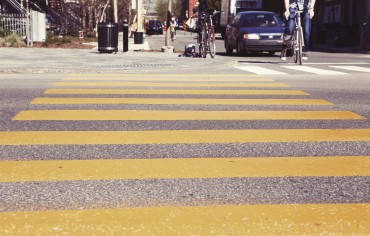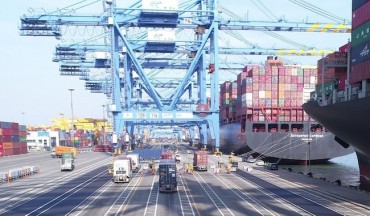
In the aftermath of what geologists have identified as the second most powerful quake in South Korean history, the entire country has been scrambling to check for structural damage to public and private structures, including historical relics like Cheomseongdae in Gyeongju. (Image: Korea Tourism Organization Website)
SEOUL, Nov. 16 (Korea Bizwire) – Built in the 7th century, Asia’s oldest observatory is still standing after an earthquake measuring 5.4 on the Richter scale rocked the nearby city of Pohang on November 15.
In the aftermath of what geologists have identified as the second most powerful quake in South Korean history, the entire country has been scrambling to check for structural damage to public and private structures, including historical relics like Cheomseongdae in Gyeongju.
That the almost 1,400-year old structure has not only survived the rumblings from the quake in Pohang, but also withstood last year’s earthquake in southwest Gyeongju – the most powerful quake in history with a 5.8 Richter scale rating – has generated interest in the observatory’s earthquake-proof architectural design.
Though the exact date remains uncertain, scholars estimate Cheomseongdae Observatory to have been constructed during the reign of Queen Seondeok (632 to 647) of the Silla Dynasty. The cylindrical structure is 9.17 meters tall and is composed of 27 layers of 362 stones, with a 1 square meter window facing southward. Located in Gyeongju, formerly known as Seorabeol, the capital of the Silla Dynasty, Cheomseongdae was designated as National Treasure no. 31 by the government in 1962.
Whether the architects possessed any knowledge of earthquake-proof building methods is unknown, but an examination by modern-day experts has revealed that the observatory has a low center of gravity, a quality that provides effective resistance to the tremors and vibrations an earthquake inevitably causes. The low center of gravity is attributed to a larger diameter at its base and an interior filled with earth up to the 12th layer of stones.

The cylindrical structure is 9.17 meters tall and is composed of 27 layers of 362 stones, with a 1 square meter window facing southward. (Image: Korea Tourism Organization Website)
Kim Deok-mun of the National Research Institute of Cultural Heritage said, “The method of lowering a building’s center of gravity is found in towering structures like the Oriental Pearl Tower in Shanghai. It appears to be the case that having a low center of gravity is the core reason for why many stone constructions have suffered minimal damage.”
Additional features like the placement of the stones used in the construction of the structure’s walls are also believed to contribute to Cheomseongdae’s resilience.
Despite its strengths, regular inspections are required, as a 2014 examination found Cheomseongdae was tilting 20.4 cm from its center. Inspections are conducted four times a year.
Lina Jang (linajang@koreabizwire.com)






